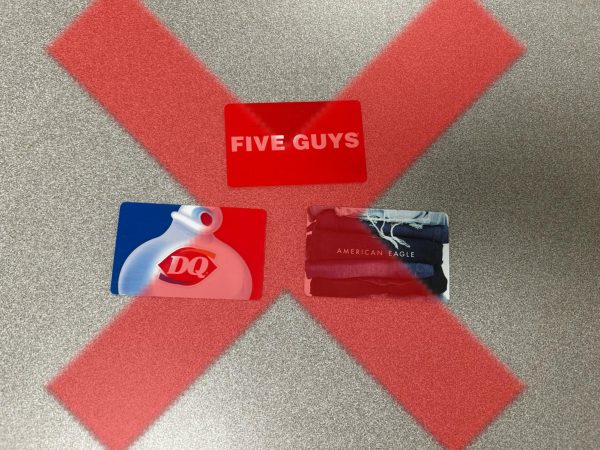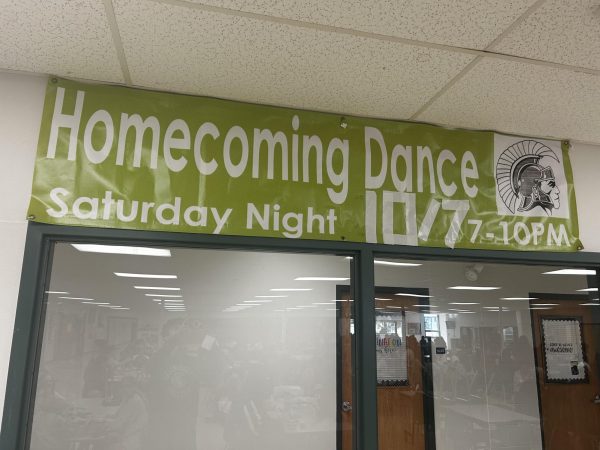Get rid of Winter (or Spring) Break (or both)
November 25, 2019
In New Hampshire, we typically have five breaks during the school year, including Thanksgiving Break in November, a Holiday Break in December, a Winter Break in February and a Spring Break in April.
Then, of course, there’s the extended Summer Break, which last approximately 10 weeks, depending on the number of snow days during the school year.
But are all of these breaks really necessary?
There is a debate on whether or not schools should get rid of some of these vacations during the school year. Of the five vacations, two are based around holidays (Thanksgiving and the holiday season), and summer vacation separates the school years, but are the others needed?
Some believe both February and April vacations are pointless, so why do we still have them in our school year calendars?
February vacations started originally to keep people off the muddy roads after harsh winters, to give the snow time to melt. Now that most roads are paved in 2019, that reason is obsolete.
April vacation originally started in colleges to give the students a break during the second semester; however, for college students, Spring Break typically occurs in March. High schools then took it upon themselves to add it to their school calendars as well.
What is the point of having both of these vacations, when they are so close together, there is no need for them, and summer vacation is right around the corner?
New Hampshire should get rid of one, or both of these vacations, and extend the summer vacation.
While this would push graduation forward and possibly push the start of school back past Labor Day, people would adjust. Some say going to school from December to June without a vacation might be overwhelming. Fair enough. But there are holidays mixed in, and it would certainly be nice to finish in May.
In general, it would be nice to have a longer summer vacation and be out in the nicer weather, as opposed to stuck inside in February, watching snow accumulate.





